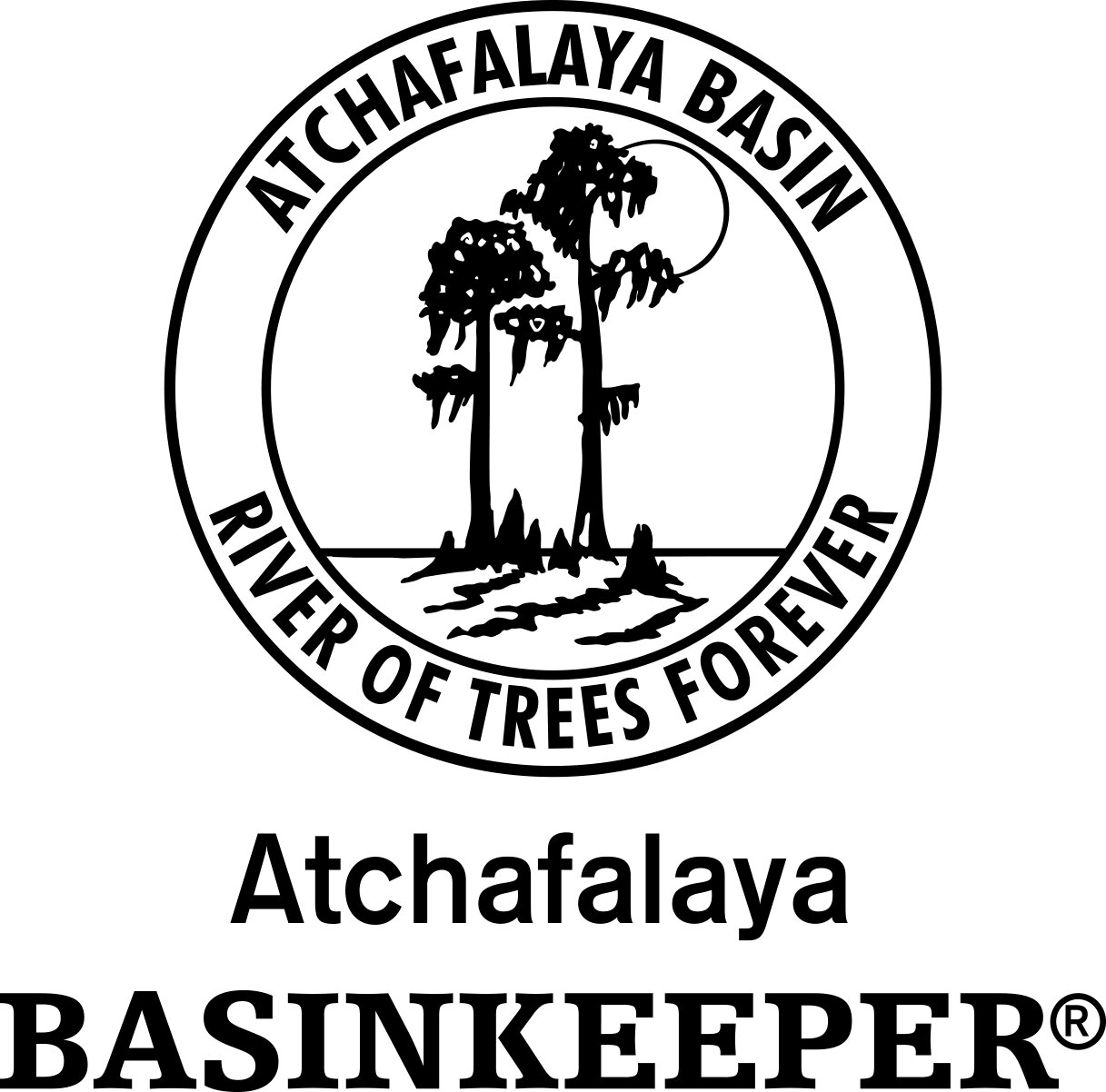October 3, 2020
Braking news! In response to our lawsuit challenging the Atchafalaya Basin Program Grand Lake permit, the Corps withdrew their motion to dismiss our lawsuit and filed a motion for voluntary remand the permit. The remand was granted by the judge. What does that mean? A new permit will be properly posted for public comment, opening the door for us to work with CPRA and the Corps to find a way to do the project right and fully restore the lake. Click the links below for the official documents.
April 6, 2020
Grand Lake - Dike Monitoring Trip
Dean Wilson and Monica Fisher take you out with them to investigate reports of the dike breach at the Atchafalaya River and Enterprise Pipeline.
Friday April 3, 2020
Represented by the Tulane Environmental Law Clinic, Atchafalaya Basinkeeper, LCPA-West and Healthy Gulf yesterday filed a lawsuit against the U.S. Army Corps of Engineers, challenging their permit for the Louisiana Department of Natural Resources’ Grand Lake Restoration Project. The original permit, that we supported, was posted for public notice for the removal of a 17-acre island in Grand Lake. The island was created in 2011 when a plug on a pipeline owned by Enterprise failed, allowing river water full of sand from the Atchafalaya River to move into Grand Lake. LDNR proposed to suction-dredge the island and dump it into the river to be carried by the river to the coast. LDNR then changed the permit after the public comment period to instead use the dredged material to backfill the Enterprise pipeline canal, protecting for free their exposed pipeline and creating an ecological nightmare, since much of the liquid sand from the dredging filled Schwing Chute and adjacent wetlands or flowed back into Grand Lake.
The swamps of the Atchafalaya Basin are considered the most productive swamps in the world and Grand Lake is the most important estuary for fish in the Eastern Atchafalaya Basin. The Atchafalaya Basin is losing deep water habitat at an alarming rate, without deep water habitat, fish do not have a place to live during the low water season, putting in jeopardy much of the Basin productivity. Excessive sediment and contorted distribution of sediments is the greatest threat to the survival of the Atchafalaya Basin.
Most pipelines cross the entire Atchafalaya Basin east to west and as they cross the Atchafalaya River (sediment source) a plug (dam) is built to prevent the pipeline for carrying sediment into deep swamps, lakes and bayous. During the 2011 flood, such a plug on a pipeline owned by Enterprise started to collapse. Local fishermen contacted the company, Enterprise send two individuals to visit the site, they acknowledged that the plug was going to fail but Enterprise refused to take any action to prevent it. Eventually the plug washed away the following year and for years was left open creating a 17-acre island on Grand Lake. Louisiana Department of Natural Resources (LDNR), instead of demanding that Enterprise fix the damage, applied for a permit for removing the island by suction-dredging the sand back into the river to be carried to the coast at tax-payers expense. However, that was not enough for Enterprise; the company saw an opportunity to get the state to bury their now exposed pipe for free, so they convinced LDNR to use the dredged material to fill the pipeline canal instead of dumping the dredged material back into the river as required by their permit posted on public notice. The Corps allowed LDNR to modify the permit to fill the pipeline canal without putting it back for public notice as required by the law. The dredging company did much of the dredging during high water and much of the liquid sand-mud flowed freely into wetlands filling them with sediment. To make matters worse, LDNR decided that it was to expensive to remove the entire island and left a strip of land that will slow the current of muddy water coming from the north and eventually will fill parts of Grand Lake again.












